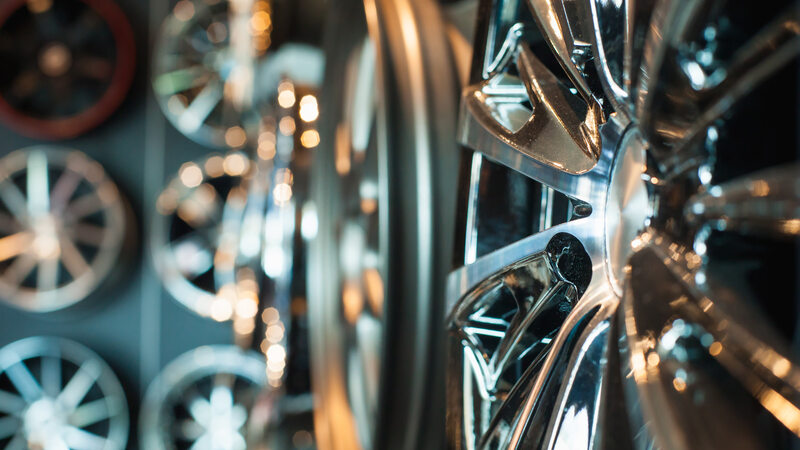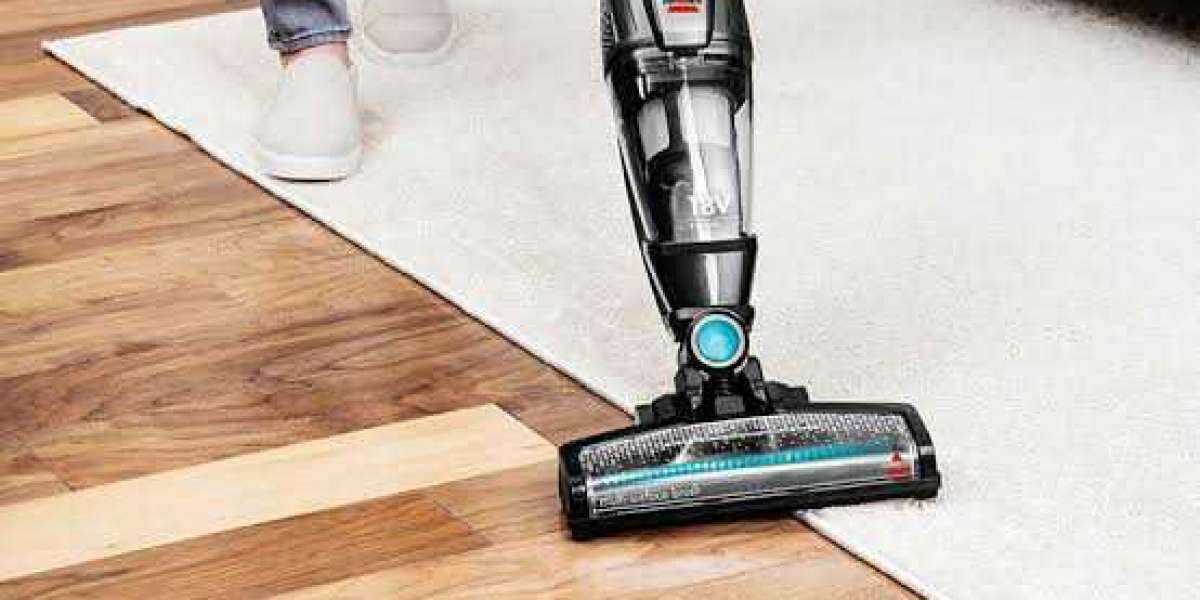Extruded Aluminium Tubing is one of the most critical methods in the fabrication of aluminum profiles. The durability and service life of aluminum profiles are inextricably linked to the production of extrusion dies for them. Since the aluminum extrusion die has a number of characteristics, the equipment used to make aluminum profile dies must fulfill a number of unique specifications.
First and foremost, the working conditions of the aluminum alloy extrusion die are very poor. It must be able to tolerate the impact of high temperature, high pressure, and high friction during the extrusion phase. As a result, high-strength, heat-resistant alloy steel must be included in the die products. These steels are relatively complex in terms of melting, welding, forging, heat treatment, electrical machining, mechanical processing, and surface treatment, making die manufacturing challenges. Processing contributes a significant amount of complexity to the equation.
Second, the roughness of the working belt of the die cavity must exceed 0.8-0.4 m, and the roughness of the die plane must be less than 1.6 M to increase the die's service life and guarantee the surface consistency of the Aluminium tube . As a result, in the mold-making phase, a separate polishing machine and polishing mechanical machinery, as well as high-precision manufacturing equipment, such as sluggish wire walking equipment, should be used.
Third, consumers' demands for aluminum extrusion materials are increasing, and the industry is increasingly moving toward a pattern of high efficiency, accuracy, and sharpness. Any profiles and tubing must have a wall thickness of less than 0.5 mm, and extruded materials must have a tolerance of less than 0.05 mm. To extrude this ultra-high precision component, the mold must have a production accuracy of 0.01mm, which is impossible to achieve using conventional methods. As a result, a new method as well as new specialized machinery, such as a CNC machining center, is needed.

Fourth, the section of aluminum profile is quite complex, particularly ultra-high precision thin-walled hollow aluminium profile and porous hollow panel aluminium profile, which necessitates the use of a special extrusion die structure, often in a mold with multiple special-shaped cavities, the thickness of each section changes rapidly, the relevant size is complex, and there are several arc corners, which necessitates the use of special extrusion die structure, often in a mold with multiple special-shaped
Fifth, there are a variety of aluminum extrusion materials that are small-batch and constantly evolving, requiring the die to be highly adaptable. As a result, improving the die's output reliability, shortening the die-making time as much as possible, rapidly changing the die-making system, correctly processing the eligible die according to the drawing, and that the workload of die repair to a minimum is all needed.
Sixth, the number of applications for aluminum alloy extrusion products is expanding all the time, and the specification range is very wide. As a result, miniature molds with an overall dimension of 100 mm x 25 mm that weigh a few kilograms exist alongside massive molds with an overall dimension of 1800 mm x 450 mm that weigh more than 2000 kilograms. There are tiny extrusion shafts as small as 65mm x 800mm that weigh a few thousand grams, and massive extrusion cylinders as large as 2500mm x 2600mm that weigh more than 100t. Because of the vast variations in tool and die requirements and efficiency, radically different production methods and procedures, as well as completely different processing equipment, are needed.
Seventh, as seen in the preceding introduction, there are several different types of extrusion tools and dies, each with a complex structure and strong assembly accuracy specifications. Specific fixtures, special cutting instruments, and special heat treatment methods are often needed, in addition to special processing methods and special equipment.
Eighth, in order to increase the quality and service life of the die, in addition to using appropriate materials and improving the design, the best heat treatment and surface reinforcement processes can be used to achieve appropriate die toughness and better surface quality, which is particularly necessary for dies with complicated shapes and structures.
Finally, extrusion die processing technology is distinct from general mechanical production methods, and it is a rather difficult and broad-ranging specific technology. To extrude high-quality metal or aluminium alloy profiles, it is recommended that high-quality die materials be selected and prepared, as well as a fair cold working procedure, electric machining process, heat treatment process, and surface treatment process.





